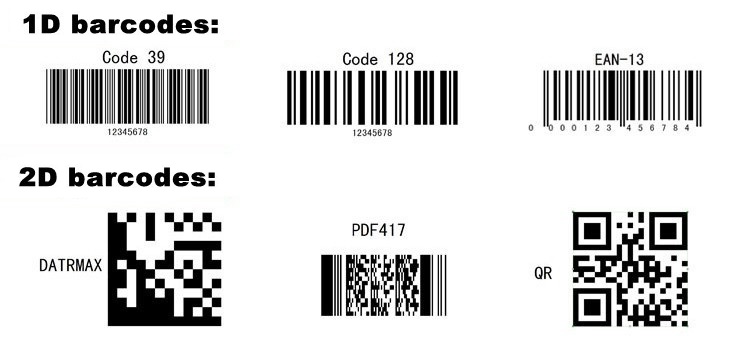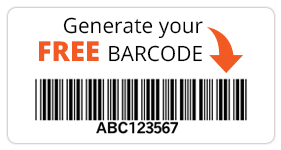
What’s The Second ‘D’ Stand For in 2D Barcodes?
Have you ever seen your business endure long line ups of people waiting to pay at the checkout counter? You look into the matter and discover it was due to a clerk’s scanner not being able to read the barcode on a product. This can cause frustrations for both the customer waiting in line, and the clerk. This is more than an inconvenience – a simple barcode scanner can directly affect your enterprise’s productivity.
A lack of productivity in your enterprise technology is often first noticed at the frontline point of sale (POS). There is something that can address this issue quickly and efficiently: a 2D wireless barcode scanner. With the use of a 2D wireless barcode scanner, to capture data in real-time with seamless performance, your enterprise will achieve high productivity in high-throughput areas of business, as well as improving customer service.
Traditionally, when a clerk attempts to scan a product with a 1D scanner, in order for the product to register, they must line the barcode horizontally and perfectly match to the reader.
The difference with a 2D wireless barcode scanner is it gives clerks the flexibility to switch between hands-free and hand-held scanning instantly. No bar code programming necessary.
To better understand how the 2D wireless barcode scanner technology has revolutionized many enterprise operations, let’s compare the process of the traditional 1D scanner to the 2D wireless barcode scanner:
Traditional 1D scanner
This technology is simple in its data collection. The application uses a barcode system similar to that of a license plate. To encode a reference number to access information stored in an external database. Just like a license plate the number provides a unique series of numbers that correspond to a database record with the information. A 1D barcode system is built on the same process. This means if the data encoded in the barcode is not correctly associated with a database record, the barcode itself has no use. This therefore causes those unwanted line ups mentioned above.
2D wireless barcode scanner
The greatest modernisation to this technology is that they encode enough information to run requests that don’t require database access. Since the data travels with the products, access to the product manufacturer’s information systems is not a requirement. As a result of this, a 2D wireless barcode scanner can store up to 7,089 characters with its graphical image capabilities. This offers significantly greater capacity than the 20 characters of a 1D barcode scanner.
For instance, pharmaceutical industries also take advantage of 2D wireless barcode scanners as an alternative to database access. This is also a means of decreasing operational costs. Many pharmaceutical manufacturers use 2D wireless barcode scanners to improve productivity. This occurs by ensuring an accurate inventory count, proper stock rotation, accurate shipment expediting, and facilitating efficient tracking and recalls.
Companies who support their enterprise resource planning with real-time automated data collection benefit greatly. They achieve a 50 per cent higher return on their ERP investment than those who don’t!
Try our free online Barcode Generator.


